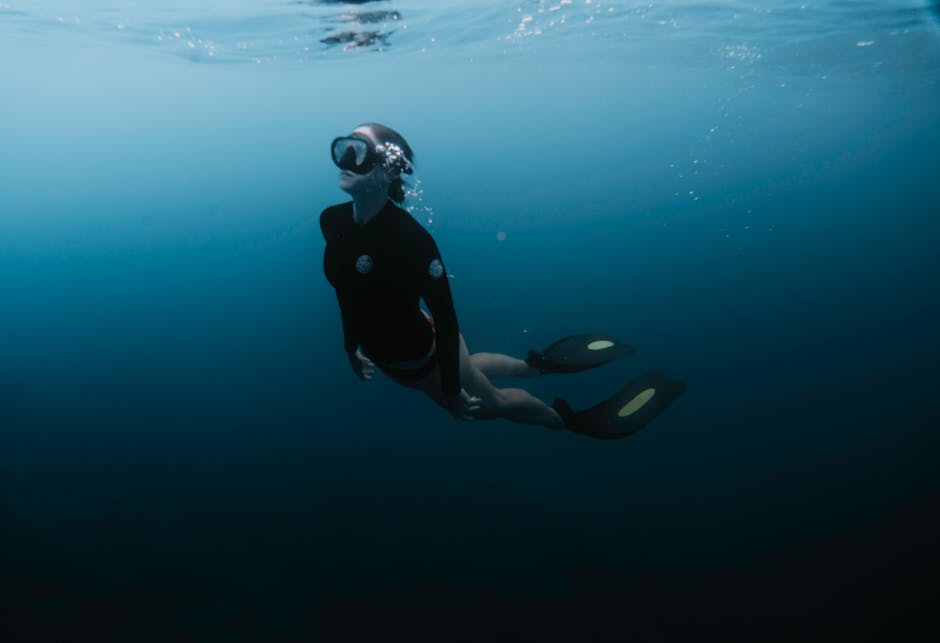Factors Influencing ROV Inspection Cost
Factors Influencing ROV Inspection Cost
Blog Article

Underwater inspections are critical for various industries, particularly in oil and gas, marine construction, and environmental monitoring. Robotic technology has advanced significantly, leading to the widespread use of remotely operated vehicles (ROVs). These sophisticated machines are equipped with cameras and sensors to conduct thorough inspections of underwater structures, pipelines, and more. However, one of the most pressing concerns for companies considering ROV services is the rov inspection cost, which can vary widely based on several factors.
Factors Influencing ROV Inspection Cost
1. Type of Inspection
The nature of the inspection plays a significant role in determining the overall cost. There are various types of inspections that ROVs can perform, including:
- Visual Inspections: These are the most basic and typically the least expensive. ROVs are equipped with cameras that provide live feeds for operators.
- Structural Inspections: More complex than visual, these inspections may require specialized sensors and tools to assess the integrity of structures.
- Environmental Monitoring: This type of inspection involves collecting data on underwater ecosystems, which may require advanced sampling equipment.
2. Duration of the Project
Another critical factor is the length of time the ROV will be in operation. Projects can range from a few hours to several days, depending on the scope of work. Longer projects typically incur higher costs due to:
- Increased operational time for the ROV and crew.
- Higher fuel and maintenance costs.
- Potential logistical costs associated with mobilization and demobilization.
3. Location and Accessibility
The geographical location of the inspection site also affects costs. Remote or challenging locations may require additional logistical planning and resources. Factors include:
- Transportation of equipment and personnel to the site.
- Weather conditions that may delay operations.
- The depth and complexity of the underwater environment.
Cost Breakdown
1. Equipment Rental
ROVs are specialized pieces of equipment that often require rental. The cost can vary based on the type of ROV used and the features it offers. Basic ROVs may start at a lower rental rate, while advanced models equipped with additional sensors and capabilities can significantly increase costs.
2. Operational Costs
Operational costs encompass expenses related to the crew, fuel, and equipment maintenance. A skilled team is essential for effective operation, and their expertise is reflected in the overall price. Additionally, fuel prices can fluctuate, impacting the total cost of the operation.
3. Reporting and Analysis
Post-inspection analysis and reporting are crucial components of ROV services. The complexity of data interpretation and the depth of reporting required can also influence the final cost. More comprehensive reports involving detailed analysis and recommendations will generally come at a higher price.
Estimating ROV Inspection Costs
Estimating the rov inspection cost requires careful consideration of the specific needs of the project. Companies often seek quotes from multiple service providers to compare pricing and ensure they receive the best value. It's advisable to provide detailed information about the scope of work to obtain accurate estimates.
Conclusion
Understanding the factors that influence ROV inspection costs can help businesses make informed decisions about their underwater inspection needs. By evaluating the type of inspection, project duration, and location, companies can better anticipate costs and budget accordingly. As technology continues to advance, investing in ROV services becomes increasingly beneficial for ensuring operational integrity in underwater environments.
Report this page